Oil and gas company Shell may not be known for its groundbreaking filmmaking today, but in 1953, its documentary film unit was one of the most highly regarded within a private corporation. The result of increased competition between oil companies in the 1930s, Shell’s movies were used less as out-right propaganda and more as a form of media to inform and entertain audiences, using action and animation to explain the mechanical marvels of the time. The filmmakers consciously took a journalistic approach and were highly respected. One of those was R.H. Bill Mason.
Serendipity
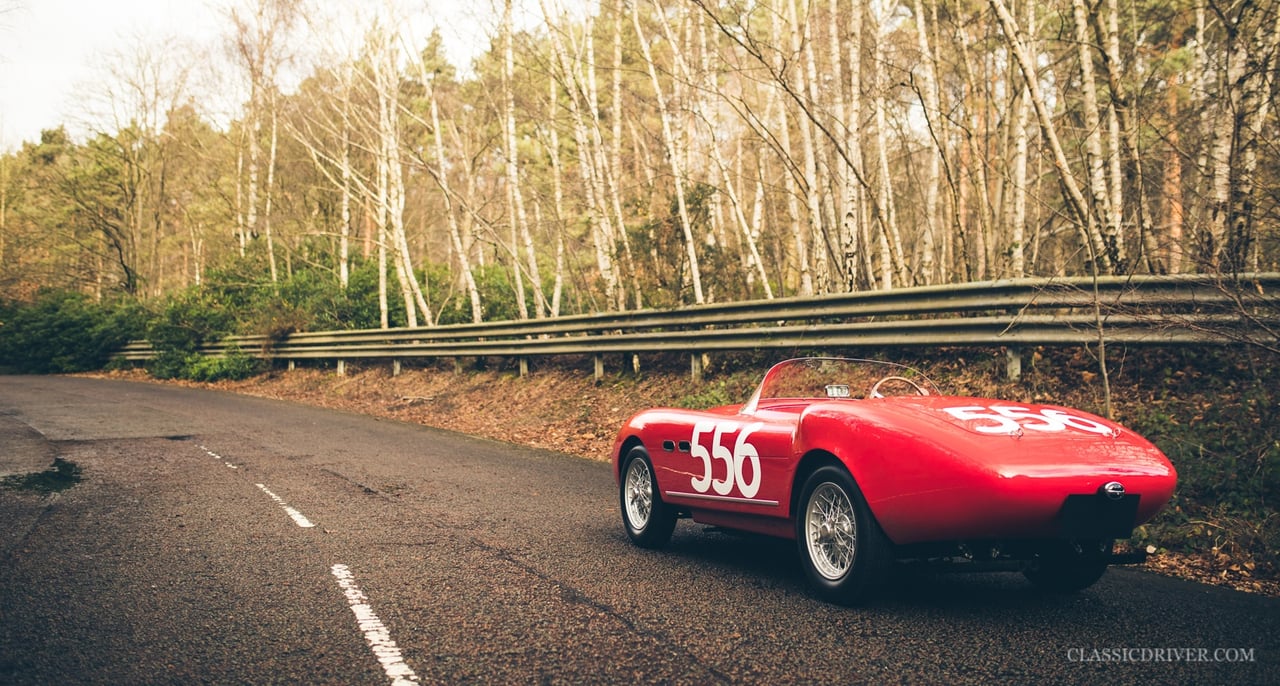
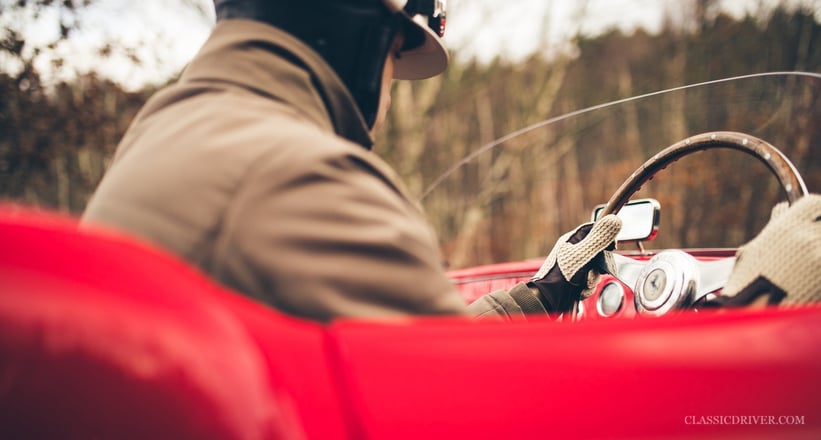
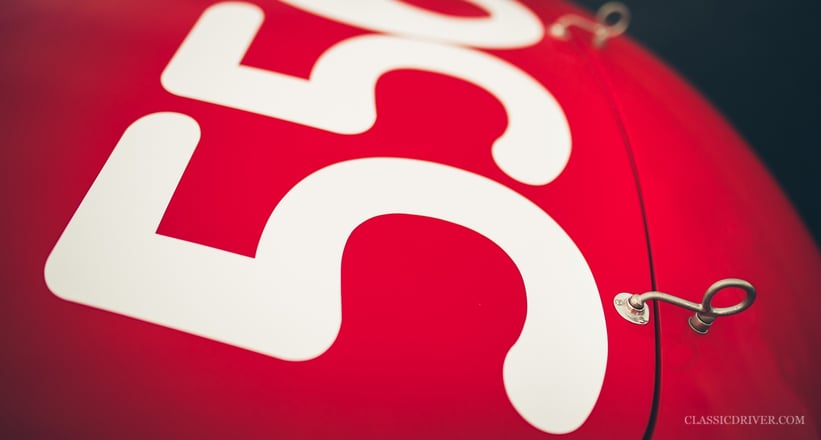
In 1953, when Shell decided to do a film covering the Mille Miglia, there was only one man for the job — Bill Mason (father of Pink Floyd drummer and famous Ferrari collector Nick Mason). As not only a documentary filmmaker but also an experienced gentleman racing driver, Mason knew that if he were to film the Mille Miglia — and truly represent the race in all its glory — he must get some footage from the cockpit of a real racer. “This idea was sort of floated about and I think Enzo Ferrari himself was the man who made it happen,” Nick Mason recalled during our brief exchange about the car, “because I think he knew the drivers and knew that Dr Alberico Cacciari was on his own. Money might have changed hands or the fact that my dad had some race experience could have helped, as he could co-drive if required.”
Crew member
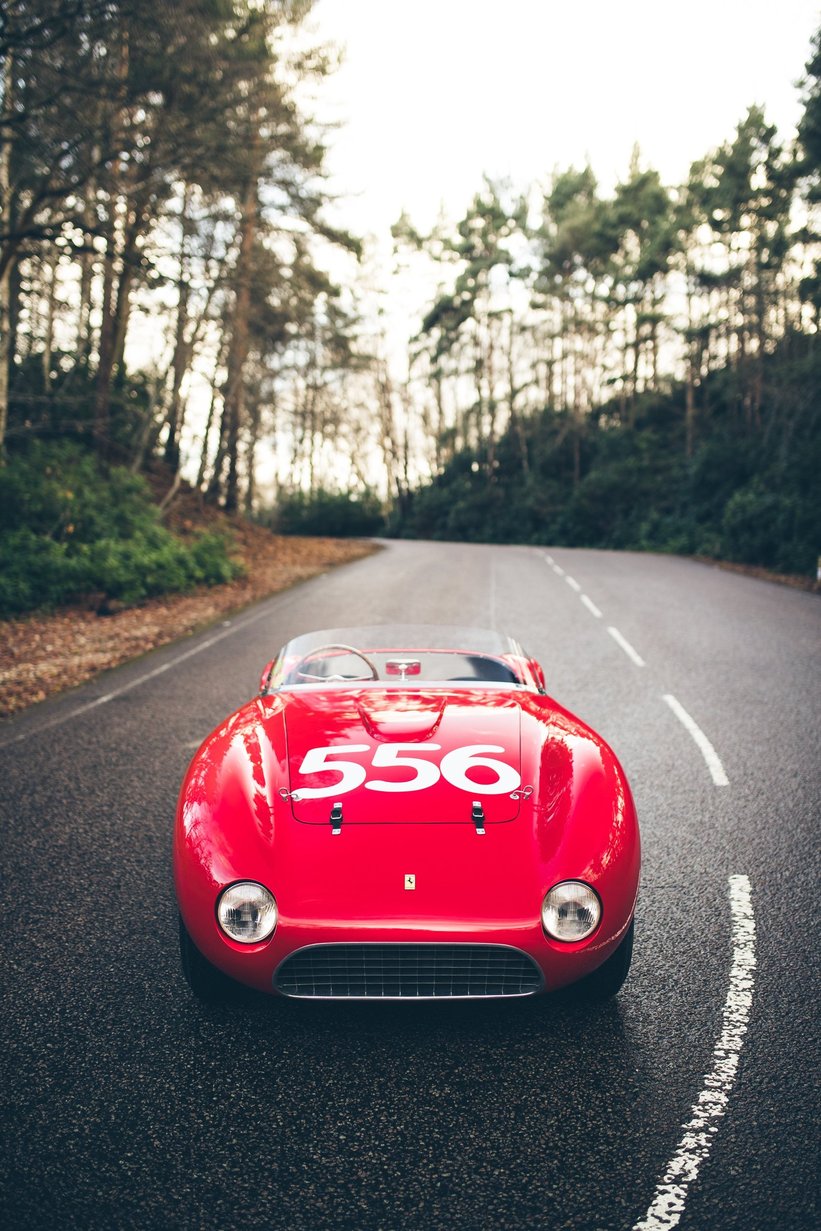
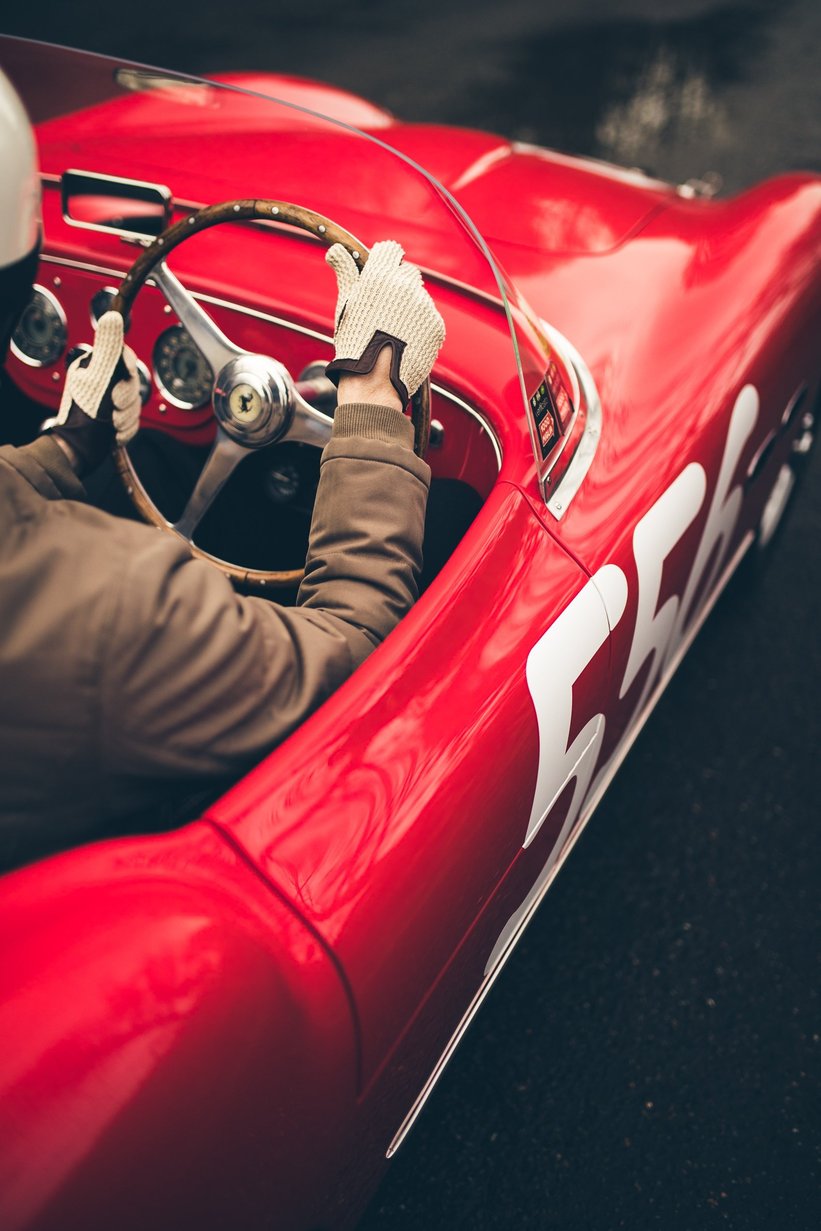
The car Dr Cacciari was driving was this very 1953 Ferrari 166 MM Spider, chassis number 0272M, which is due to be sold by RM Sotheby’s in Paris next week. It was the fifth of 13 Ferrari 166 MMs built for the year, but it featured some truly inimitable coachwork: low nose, big grille, streamlined design, two portholes on each side, tiny doors, aluminium body, and toothpaste-tube rear end. With such bold features, you’d think its coachbuilder could be easily recognised, but there’s no ultimate defining feature that points to one house specifically — and there’s no name associated with the builder of the car on any documentation. It is widely believed that the designer was Aurelio Lampredi and there are rumours that Ferrari may have actually built the car itself.
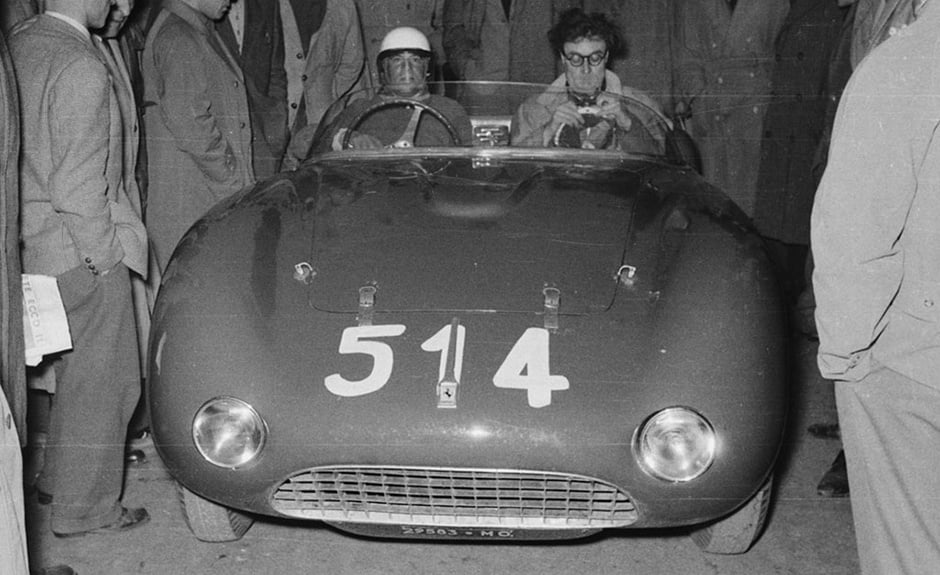
What better vehicle to use as a camera car for the Mille Miglia, then? Actually, with its powerful four-carburettor V12, it may not have been the most ideal or steady camera car — especially as the camera in those days was handheld. But it most definitely was the coolest.
Show reel
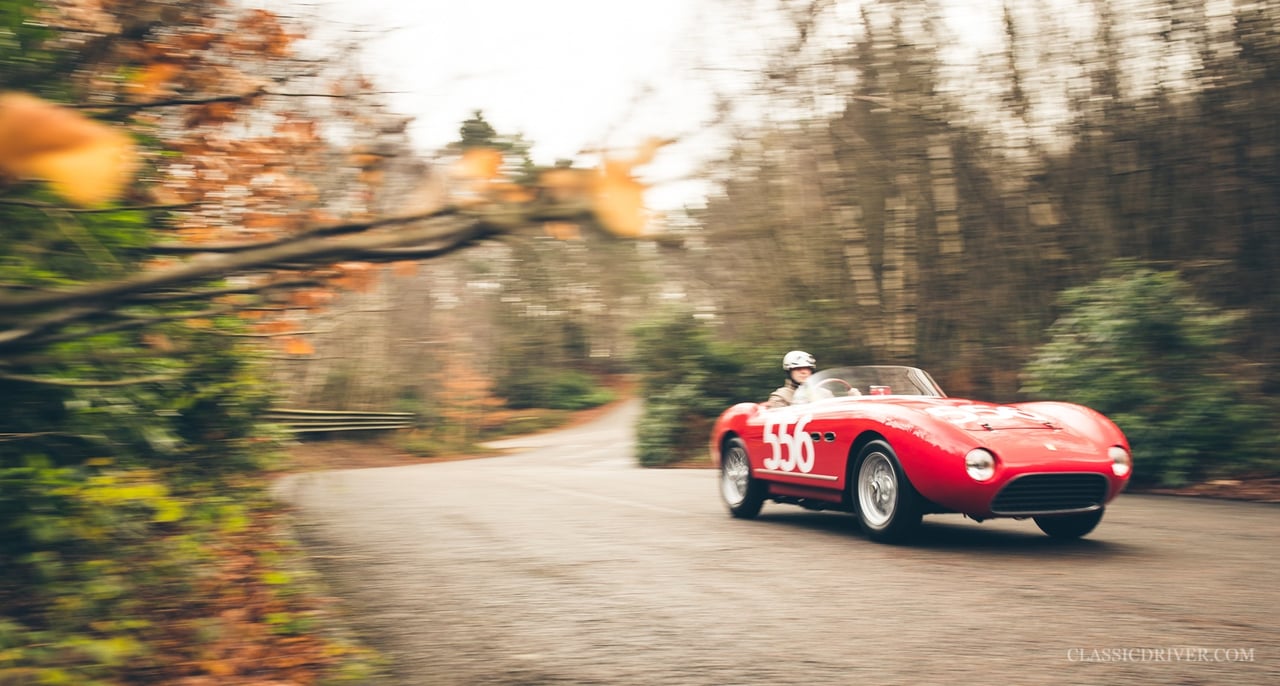
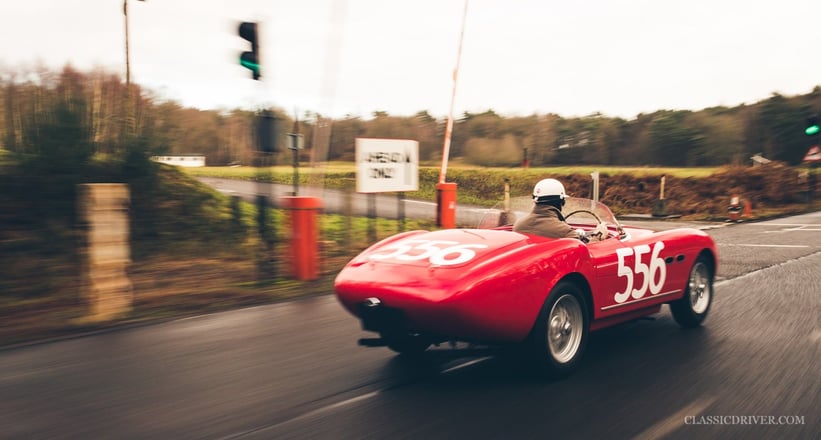
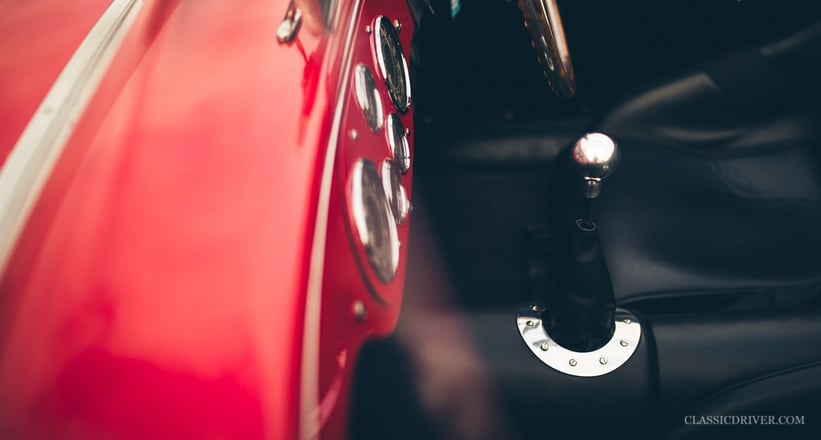
Over the 37-minute black-and-white film, the car makes a few brief appearances in front of the lens, but it’s the footage captured from within its cockpit that truly rounds out the film and provides a perspective that only Bill Mason could have achieved.
Narrated in Italian, the film gives real insight into the race, from the beginning to the end, showing off the masses of people circling the drivers, hearing the screams and delights of the crowds as the cars make their way through towns, watching the cars tackle the winding roads, showing breakdowns and tyre changes, and capturing the crossing of the finish line in Brescia. Mason even included footage of actress Ingrid Bergman anxiously watching her director husband Roberto Rossellini race — although the dramatics at Rome were left out (there’s surely some sort of director’s code in those situations).
Two in one
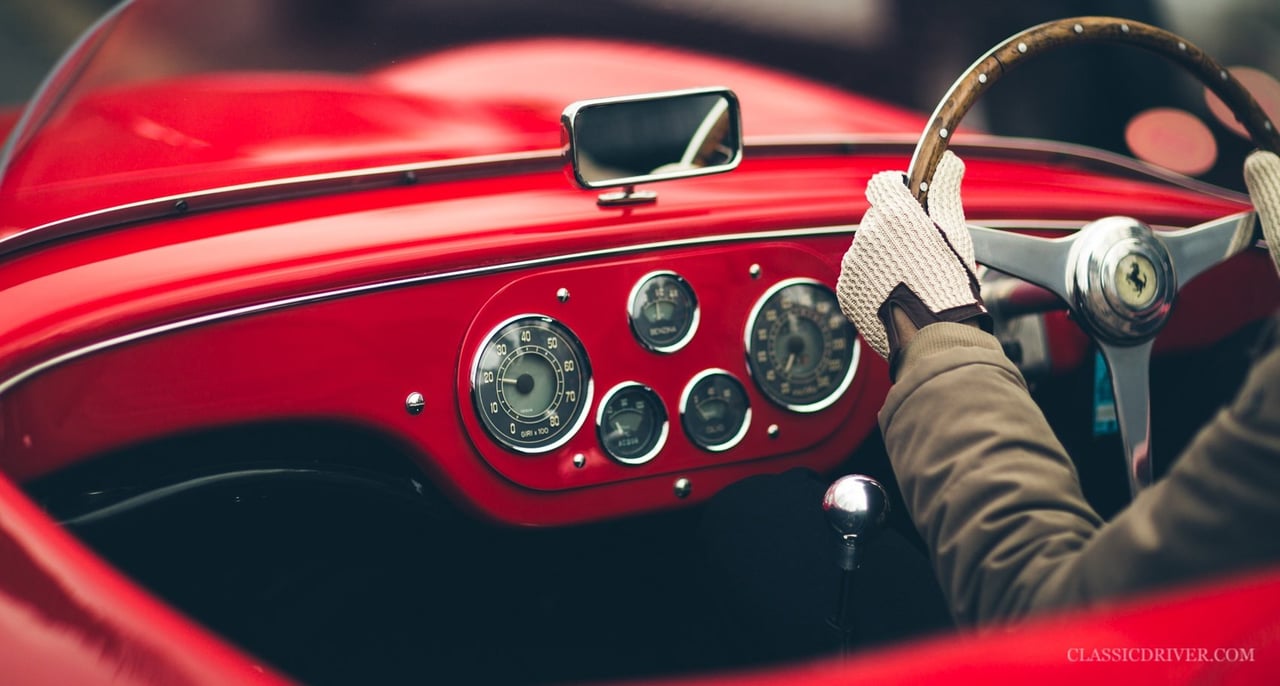

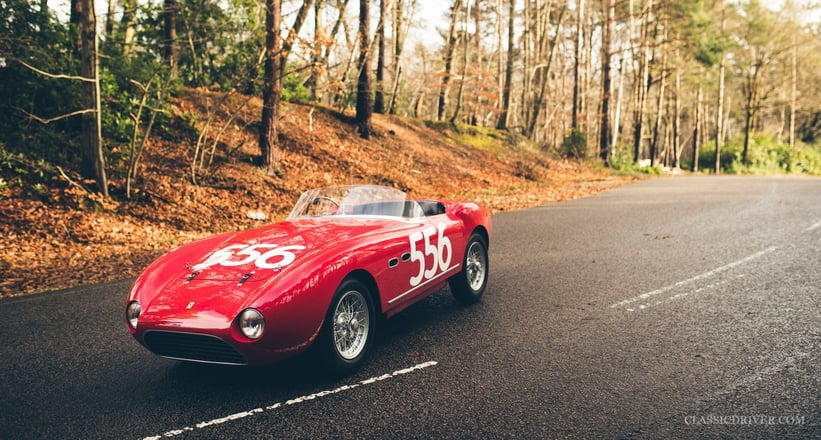
The inter-cutting between on-track action and the crowd’s reaction seen in this film was refined by Mason over the years and it soon became a trademark of his. It’s very likely that this would have never come about without this Ferrari.
What’s more is that the car was working double duty, as both a camera car and a competitive entrant. And while Mason was aiming to frame the perfect shot, Dr Cacciari was in it to win it, ultimately finishing 56th out of over 475 entrants — an impressive result for any car, let alone one that was also filming throughout the race.
History in the making
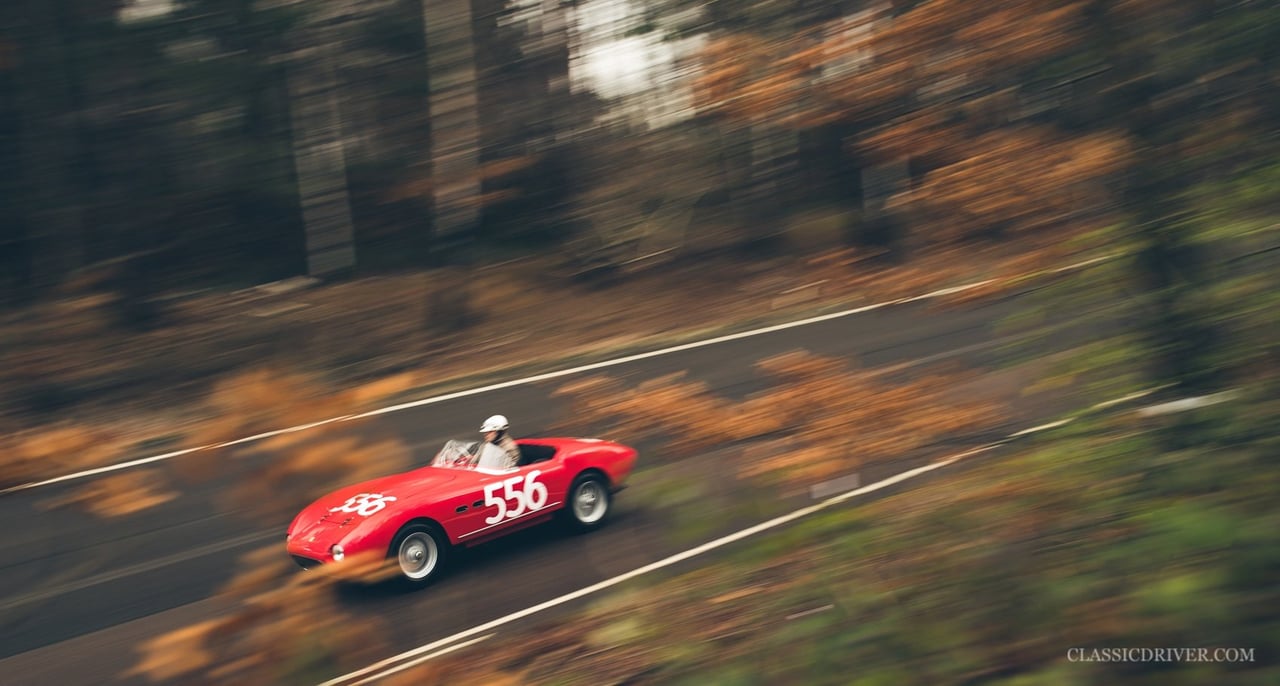
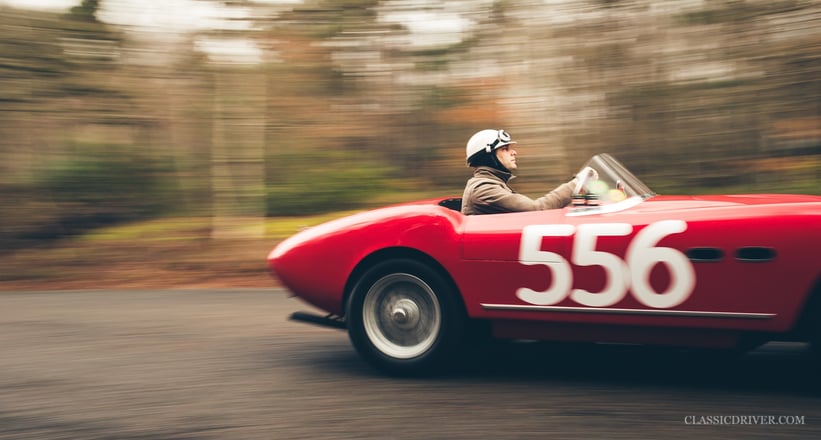
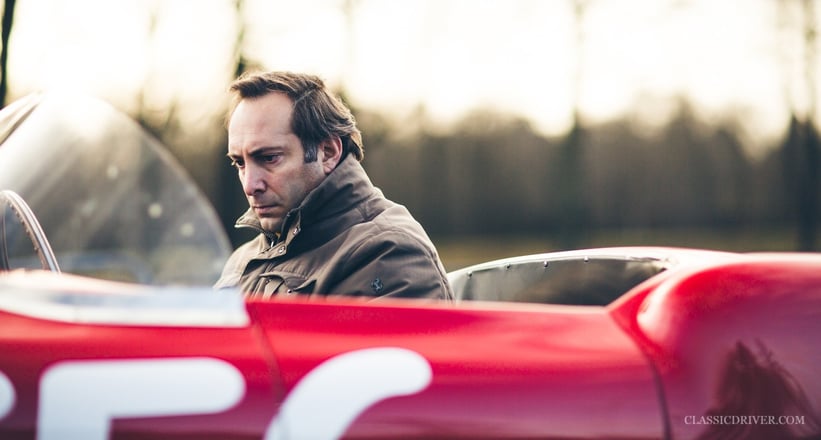
The car would go on to race in the Mille Miglia once more, in 1954 — again, being used for a film. But this time, it would star in front of the camera in MGM Studios’ movie The Racers, alongside actor Kirk Douglas. While Bill Mason would go on to direct and produce the History of Motor Racing for Shell — a three-volume series of films that took over 20 years to create. Not only has this Ferrari 166 MM Spider had a significant part to play in motorsport, but it’s also been instrumental in bringing the automotive world to the big screen — and without it (and Bill Mason), we may never have had such automotive films as Bullitt, The Italian Job, Gone in 60 Seconds, The Fast and the Furious, and Baby Driver.
In less than a week’s time, you could own this piece of automotive film history, as RM Sotheby’s will auction the Ferrari 166 MM Spider at its annual Paris sale on 7 February.
Photos: Tom Shaxson for Classic Driver © 2018

























































